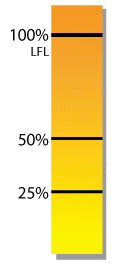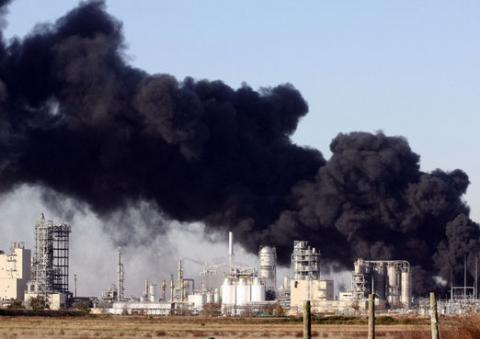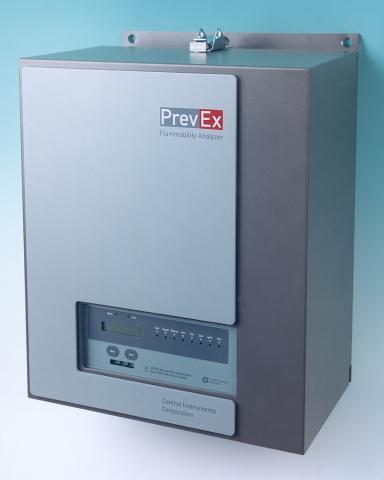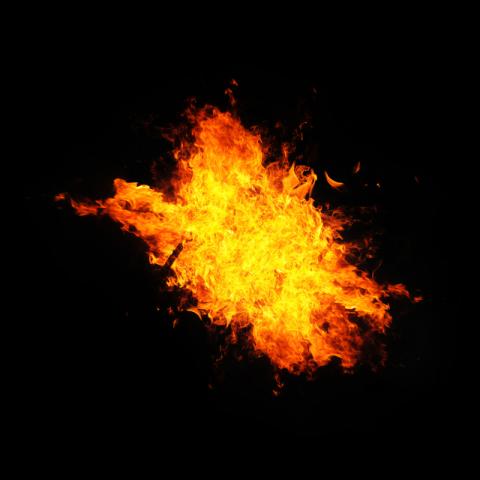The Safety and Performance of your Printing Line: Response Accuracy
There are important considerations when choosing an LFL monitor:
- Response Accuracy
- Response Speed
- Condensation Issues
- Failsafe
First let's look at response accuracy.
There are several technologies used to measure flammability, and few react the same way to all substances.
A sensor or analyzer calibrated to accurately read one substance may be significantly inaccurate for another process component. This variance from perfect accuracy (error) is known as the Response Factor.










